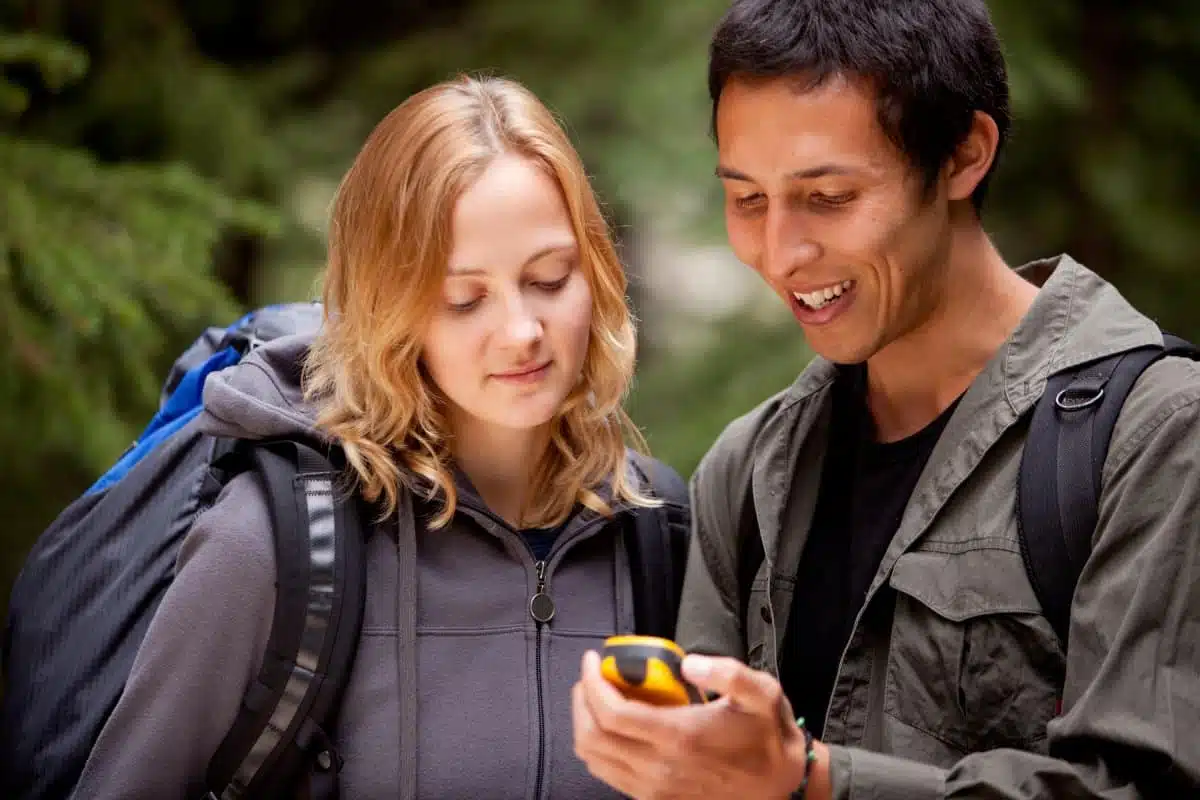Geocaching is an outdoor recreational activity that combines technology and treasure hunting in a unique and engaging way. Participants use GPS devices or smartphone apps to locate geocaches, small containers hidden at specific coordinates all around the world. Originating in the early 2000s, geocaching has grown into a global phenomenon, with millions of caches hidden across continents, from urban landscapes to remote wilderness areas. This activity encourages exploration, problem-solving, and physical exercise as participants navigate to specific locations to find caches. Each cache contains a logbook for finders to sign and, often, tradeable items or trackables that travel from cache to cache. The essence of geocaching lies in the thrill of the hunt and the joy of discovery, offering a unique way to explore the world around us.
For those new to geocaching, start with caches with a lower difficulty and terrain rating to get accustomed to how the game works. Additionally, take the time to read the cache descriptions and recent logs on the geocaching website or app before heading out. These often contain valuable hints and information about the cache’s condition, helping ensure a successful find. Engaging with the geocaching community online can also provide insights and tips that enhance your experience.
1. The Basics of Geocaching
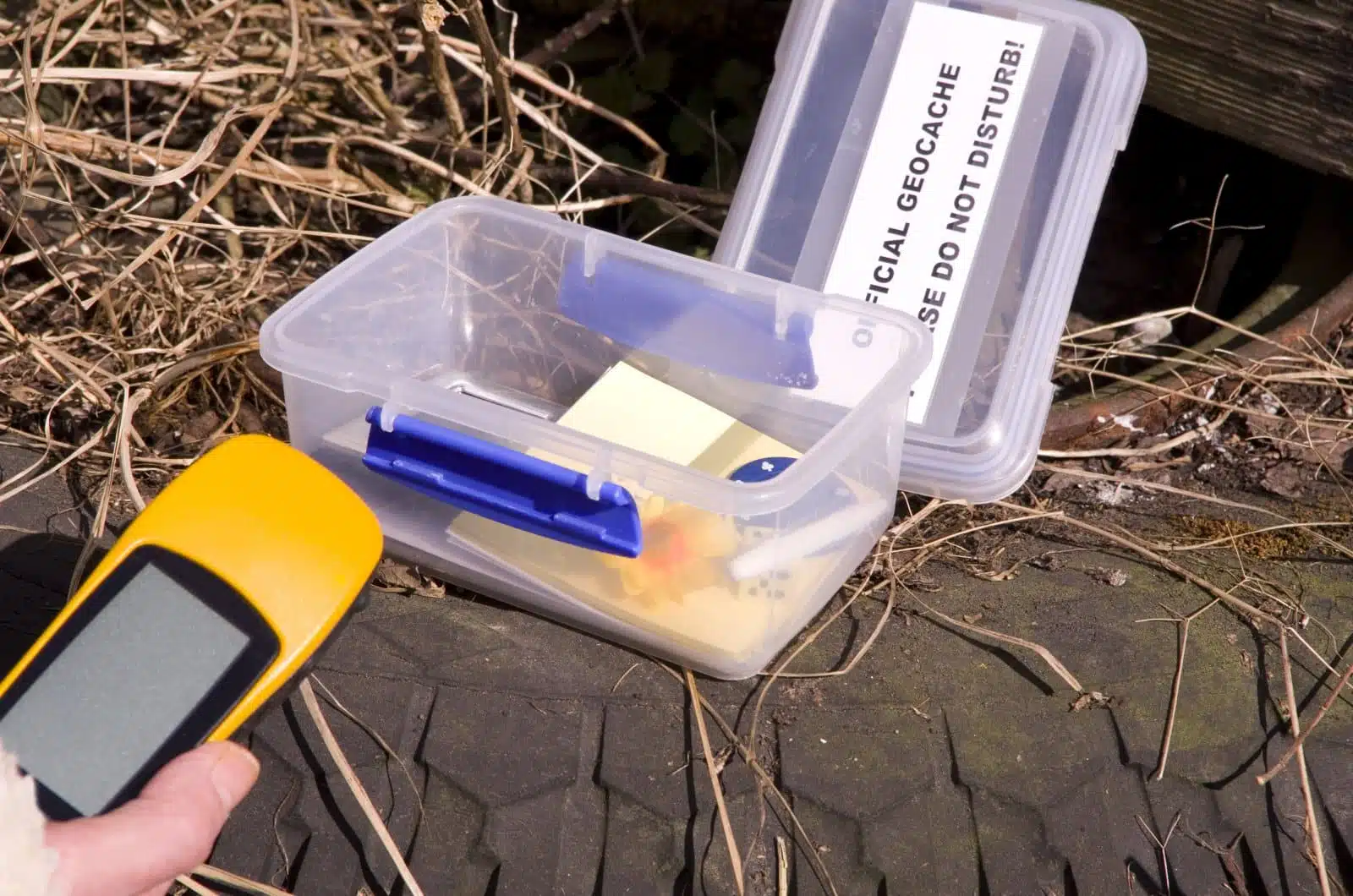
Image Credit: Shutterstock / Richard Pinder
Geocaching is essentially a GPS-enabled treasure hunt that spans the globe. In various locations, participants, known as geocachers, use GPS coordinates to find hidden containers called geocaches or caches. A typical cache is a waterproof container containing a logbook for finders to sign, proving their discovery. The coordinates and hints for finding these caches are listed on geocaching app, where users can also log their finds and share their experiences. Geocaching introduces an element of adventure to everyday locations, turning ordinary places into a playground for exploration and discovery.
Insider’s Tip: Always carry extra pens or pencils. Logbooks found in geocaches can sometimes be wet or the cache’s pen might be missing. Having your own writing tool ensures you can always sign the logbook to mark your find.
2. Types of Geocaches
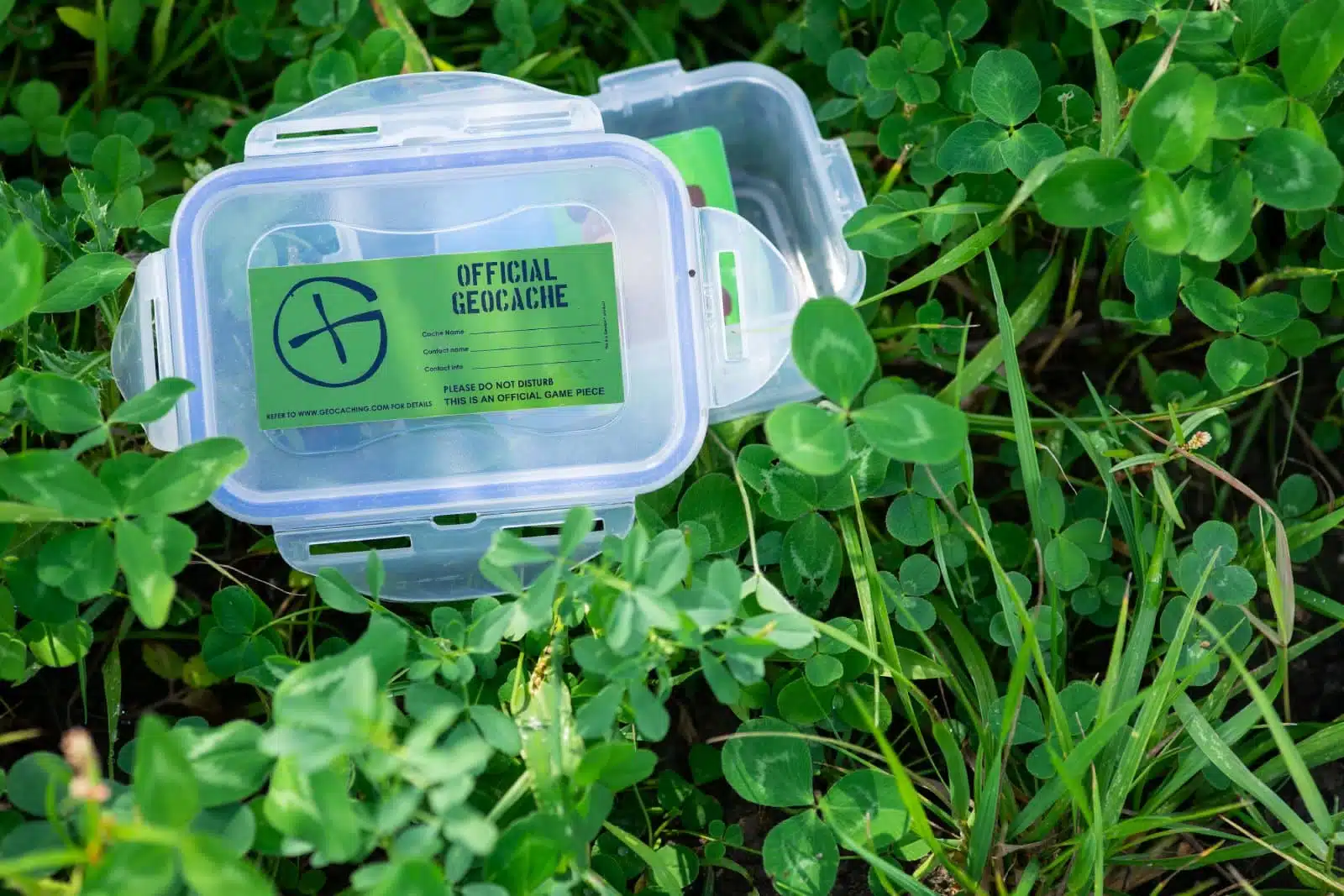
Image Credit: Shutterstock / Wirestock Creators
Geocaching offers a variety of cache types to suit different interests and challenge levels. Traditional caches are the most straightforward, involving a single container at the given coordinates. Multi-caches involve two or more locations, with the final cache containing the logbook. Mystery or puzzle caches require solvers to decode clues to determine the final coordinates. Other types include EarthCaches, which teach about geological features without a physical container, and Event Caches, gatherings organized by geocaching communities.
Insider’s Tip: For a unique experience, try an EarthCache. Learning about the earth’s natural processes and features is a great way. Prepare to answer geological questions or take specific observations to log your visit.
3. Getting Started with Geocaching

Image Credit: Shutterstock / TonelloPhotography
To begin geocaching, create a free account on a geocaching website or app. Start by searching for caches in your area and choose one with a difficulty and terrain rating that matches your comfort level. Read the cache description for any hints and check recent activity to ensure the cache is active. Use your GPS device or smartphone app to navigate to the cache location. Once found, sign the logbook, exchange any items if you wish (following the principle of “take something, leave something”), and log your find online.
Insider’s Tip: Select your first cache carefully. Choose one with plenty of recent positive logs and a lower difficulty rating. This will increase your chances of a successful find and a positive first experience.
4. What You Need for Geocaching
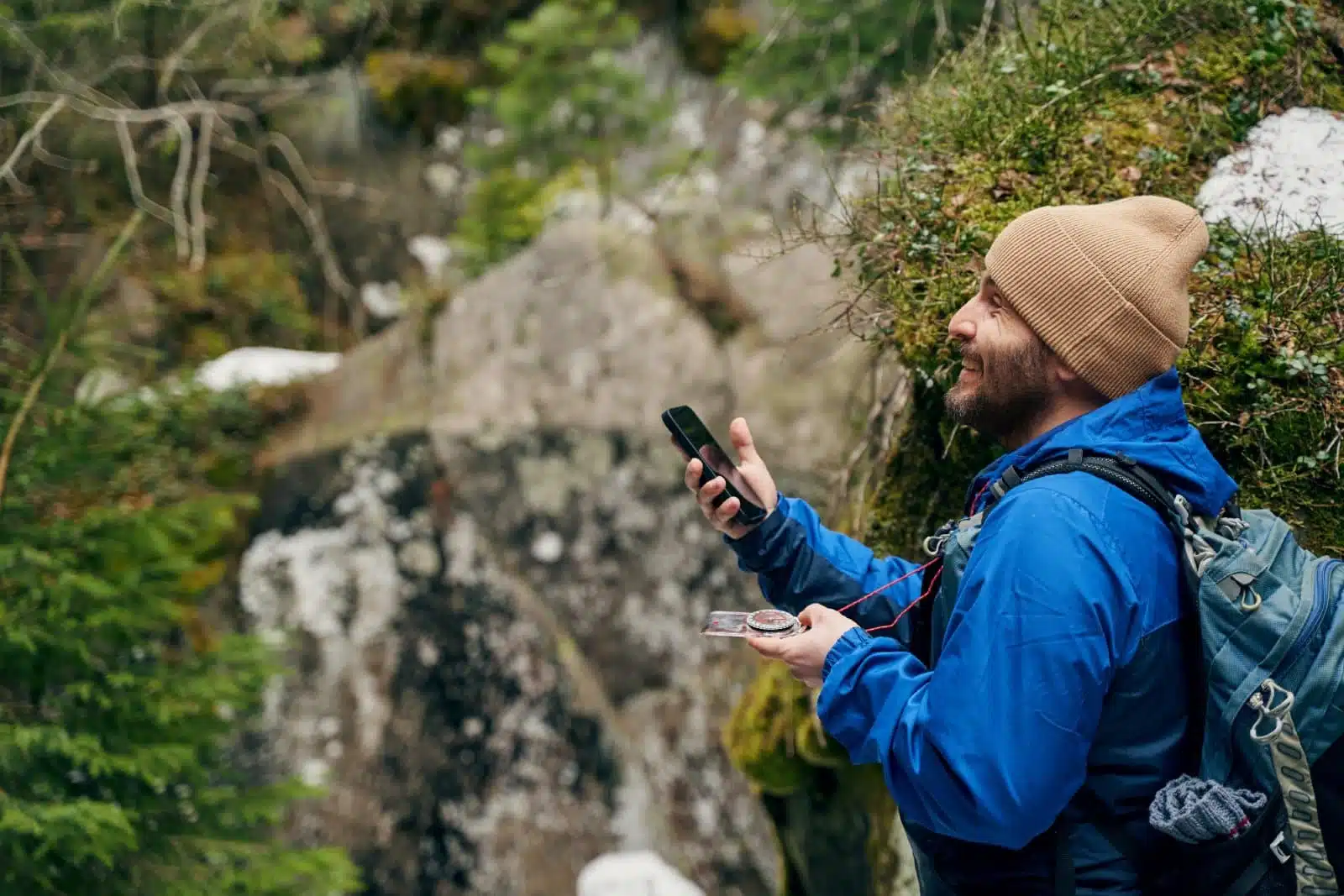
Image Credit: Shutterstock / YAKOBCHUK VIACHESLAV
Basic geocaching requires a GPS device or a smartphone with a geocaching app. Wear appropriate clothing for the weather and terrain, including sturdy shoes for hiking. Bring a small bag or backpack with essentials like water, snacks, sunscreen, and bug spray. Consider including small trade items if you wish to exchange goods in the cache. A flashlight can be helpful for looking in dark places, and tweezers can assist in retrieving logs from small caches.
Insider’s Tip: Download cache details and maps for offline use if you’re heading to areas with limited cell service. This ensures you have access to all necessary information without relying on a mobile network.
5. Geocaching Etiquette and Guidelines
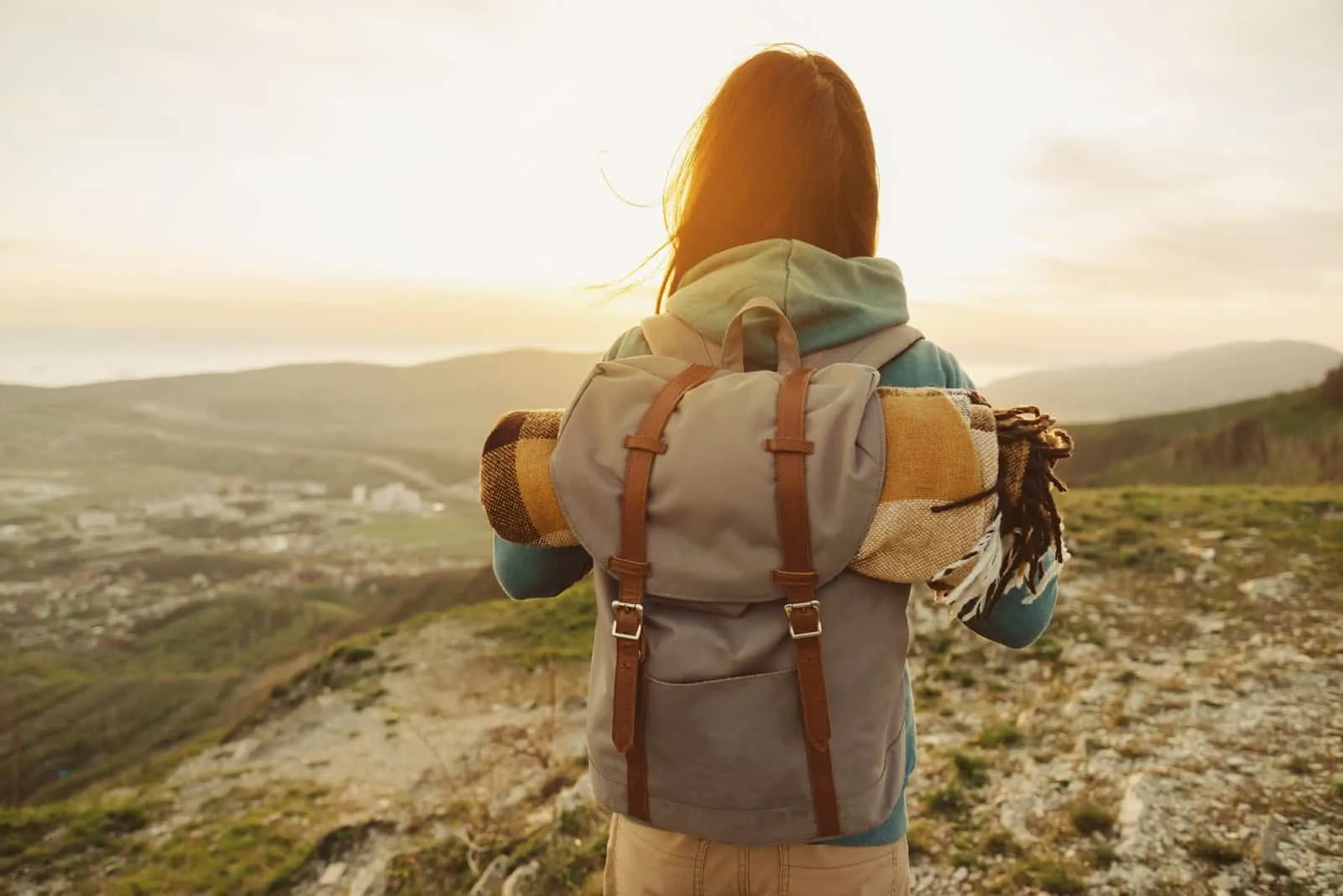
Image Credit: Shutterstock / Duet PandG
Geocaching etiquette is crucial for maintaining the integrity and sustainability of the game. Respect private property and do not trespass. Follow local laws and environmental guidelines, practicing “Cache In, Trash Out” to help clean up parks and trail areas. When finding a cache, be discreet to avoid muggles (non-geocachers) discovering or disturbing the cache. Ensure the cache is re-hidden exactly as found to preserve the challenge for future finders.
Insider’s Tip: If you find a trackable item in a cache, only take it if you can commit to moving it to another cache. Trackables have goals set by their owners, and moving them helps achieve their mission.
6. The Benefits of Geocaching
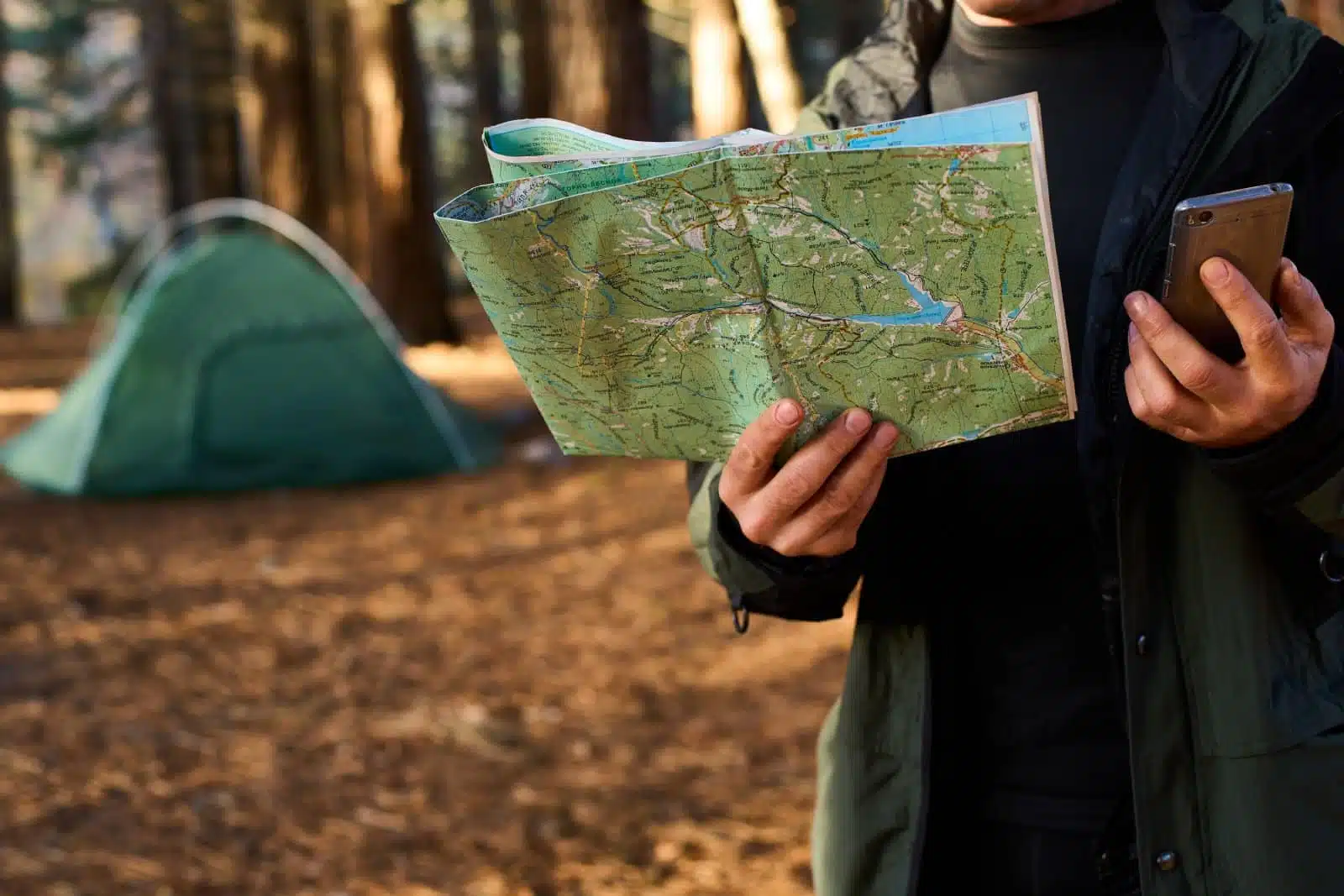
Image Credit: Shutterstock / Artie Medvedev
Geocaching offers numerous benefits, from promoting physical activity and outdoor exploration to providing educational experiences and fostering community connections. It encourages participants to visit new places, learn about their environment, and engage in problem-solving and navigation skills. Geocaching can be a solo adventure or a group activity, making it versatile and inclusive. It also introduces a sense of accomplishment and discovery, as each find adds to a geocacher’s logbook and experiences.
Insider’s Tip: Use geocaching to explore unfamiliar areas in your city or when traveling. It can lead you to hidden gems and historical sites you might not have discovered otherwise.
7. Geocaching with Family and Friends
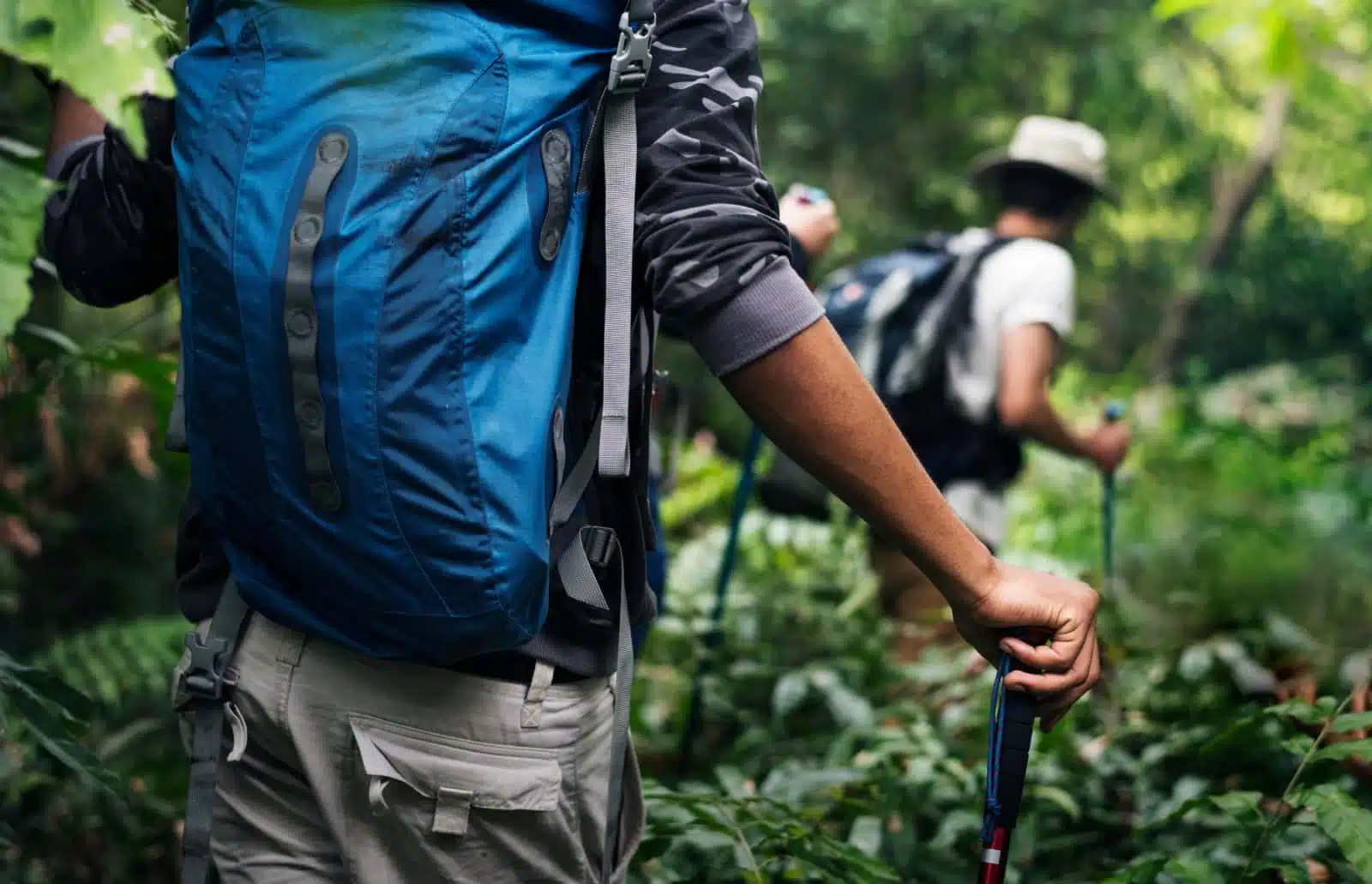
Image Credit: Shutterstock / Rawpixel.com
Geocaching is an excellent activity for families and friends, offering a fun and interactive way to spend time together outdoors. It can be tailored to suit all ages and abilities, making it accessible for everyone. Geocaching encourages teamwork, communication, and shared experiences, as participants work together to locate caches. It’s also an educational tool, teaching children about geography, navigation, and the natural world in a hands-on manner.
Insider’s Tip: Choose caches with interesting locations or themes to keep younger participants engaged. Look for caches that are part of a series, turning your geocaching adventure into a scavenger hunt with a storyline or theme.
8. Challenges and Rewards of Geocaching
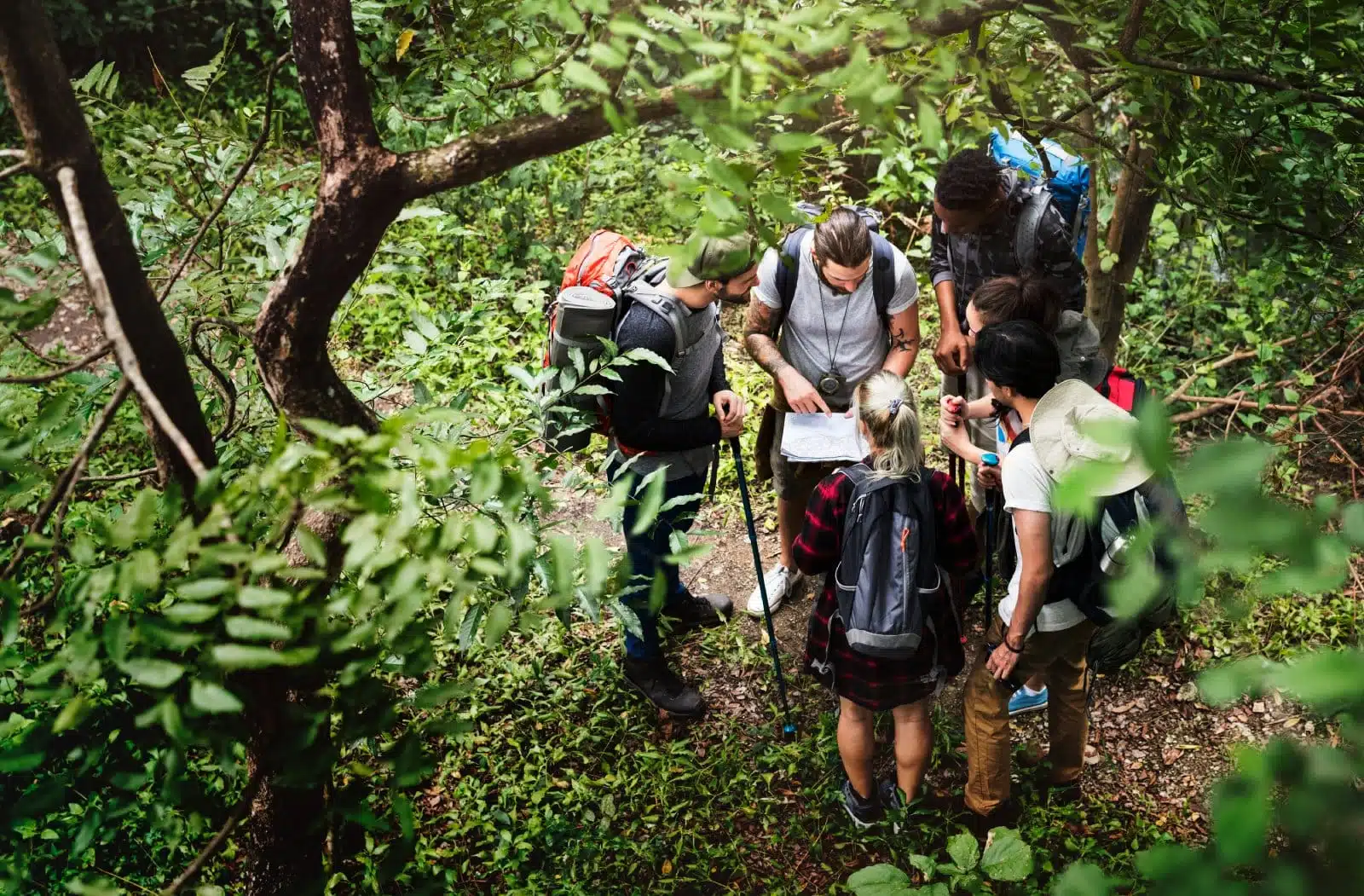
Image Credit: Shutterstock / Rawpixel.com
Geocaching presents various challenges, from deciphering clues and solving puzzles to navigating difficult terrain. These challenges add to the excitement and satisfaction of the hunt, making each find rewarding. The rewards of geocaching are not just about the physical cache but also about the experiences gained, the places discovered, and the sense of community with fellow geocachers. Many find joy in the hunt, the beauty of the outdoors, and the stories shared among participants.
Insider’s Tip: Embrace the challenges as part of the adventure. If you’re stuck, don’t hesitate to reach out to the cache owner or the geocaching community for hints. Collaboration is a key aspect of the geocaching experience.
9. Geocaching Events and Community

Image Credit: Shutterstock / Robert Kneschke
The geocaching community is vibrant and welcoming, with events ranging from local meetups to large gatherings and annual Mega-Events. These events offer opportunities to connect with fellow geocachers, share stories, and learn new tips and tricks. Community members often share a strong sense of stewardship for the environment and the game, contributing to cache maintenance and organizing “Cache In, Trash Out” events to clean up natural areas.
Insider’s Tip: Attend a local geocaching event to meet other geocachers in your area. It’s a great way to make new friends, discover hidden cache gems, and learn more about the hobby from experienced participants.
10. Advanced Geocaching Tips
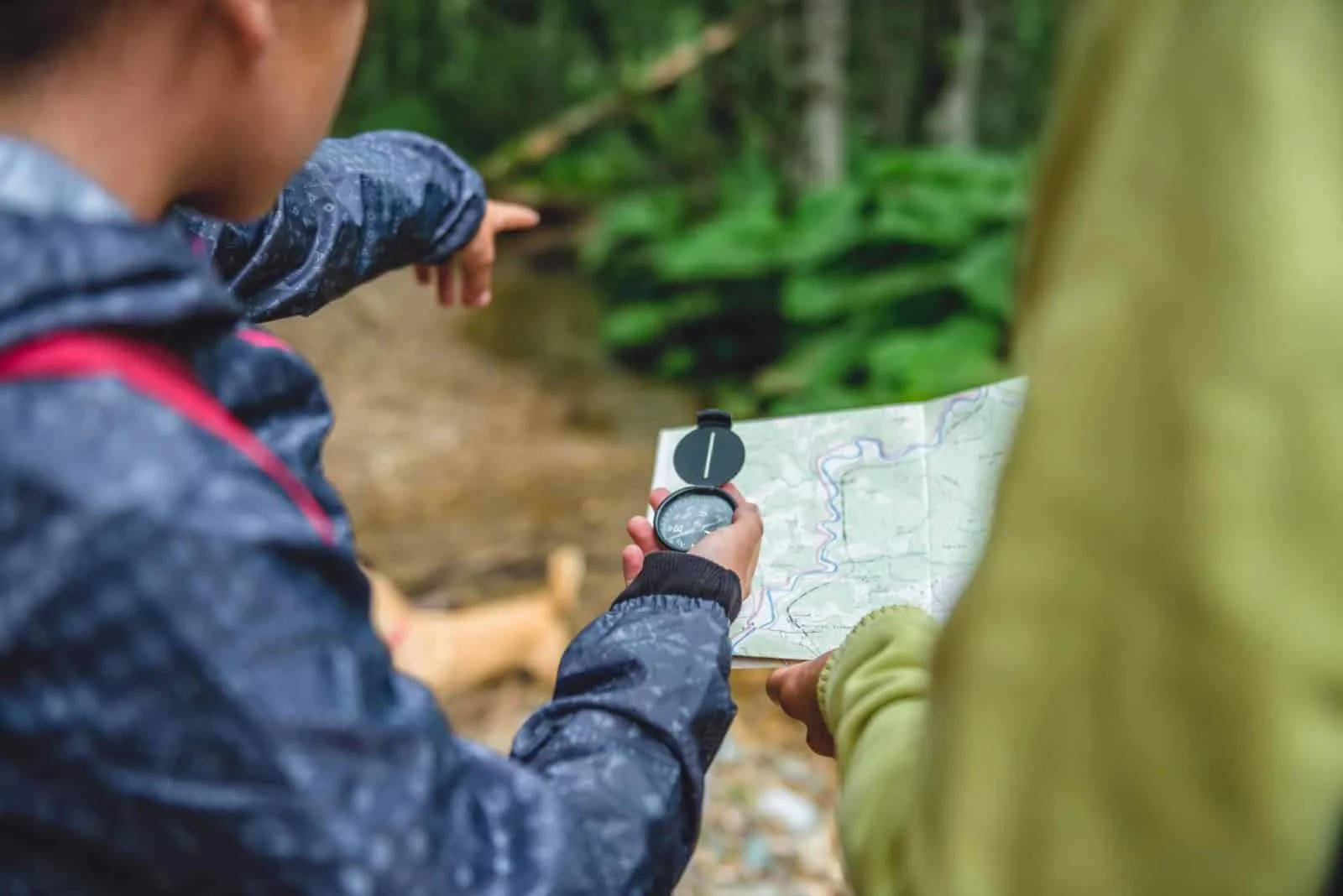
Image Credit: Shutterstock / Zivica Kerkez
For experienced geocachers looking to deepen their engagement with the hobby, there are numerous ways to challenge oneself further. Creating and hiding your own caches offers a chance to contribute creatively to the community. Tackling more difficult caches, such as those with higher terrain and difficulty ratings or puzzle caches, can test your skills and determination. Engaging with trackables, by moving them from cache to cache to help them reach their goals, adds another layer of purpose to your geocaching adventures.
Insider’s Tip: When creating your own cache, think about what makes a cache memorable for you. Use that inspiration to create something unique and enjoyable for others. Ensure your cache is well-maintained and check it regularly.
11. Geocaching Stories and Highlights
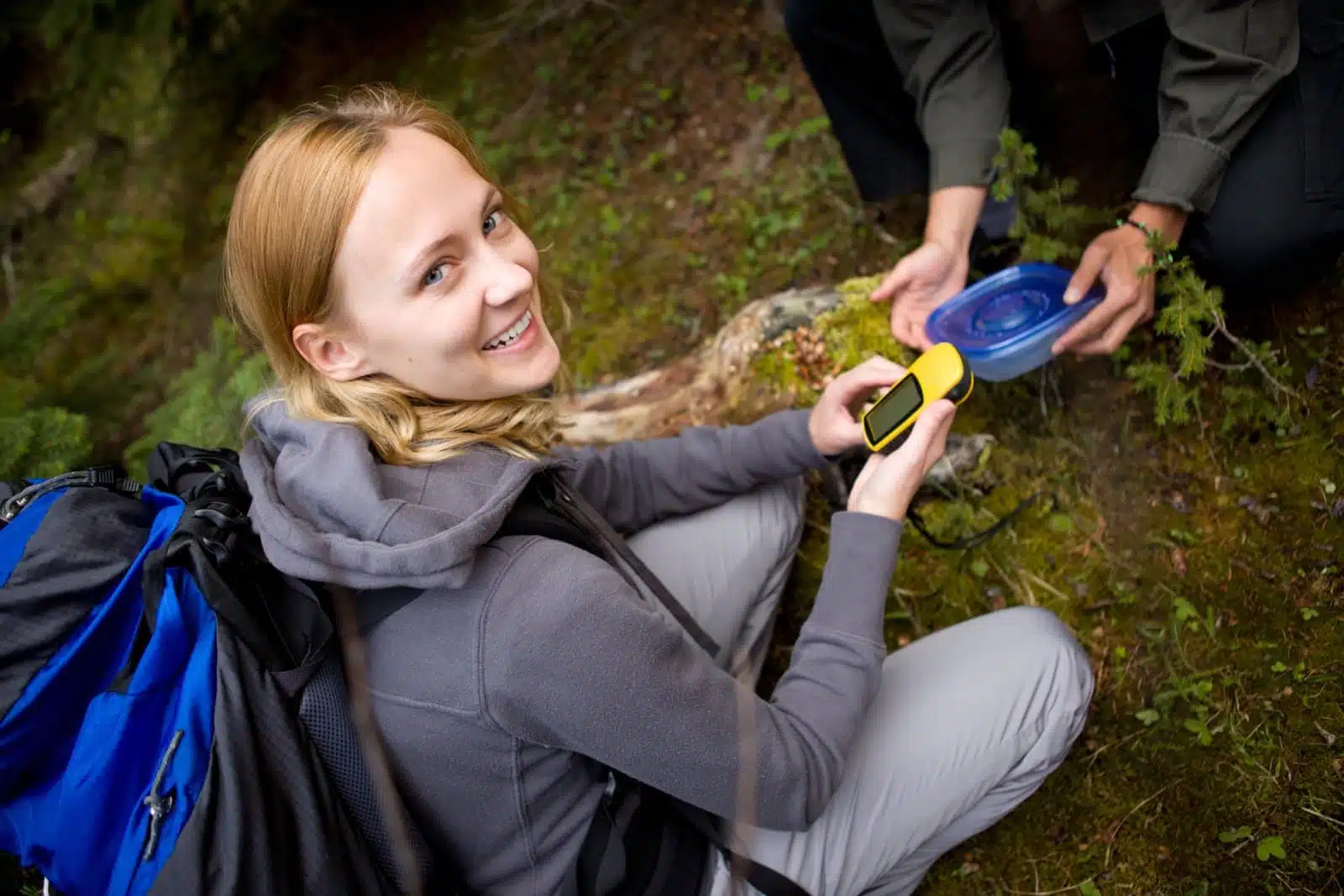
Image Credit: Shutterstock / Tyler Olson
Every geocacher has stories of memorable finds, challenging adventures, and unexpected discoveries. These stories often highlight the joy of exploration, the thrill of the hunt, and the beauty of connecting with nature and history. Sharing these experiences, whether through online logs, social media, or at geocaching events, enriches the community and inspires others to explore the world of geocaching.
My Insider’s Tip: Document your geocaching adventures with photos and detailed log entries. Sharing your experiences can help guide and inspire other geocachers, creating a personal record of your journey.
12. The Future of Geocaching
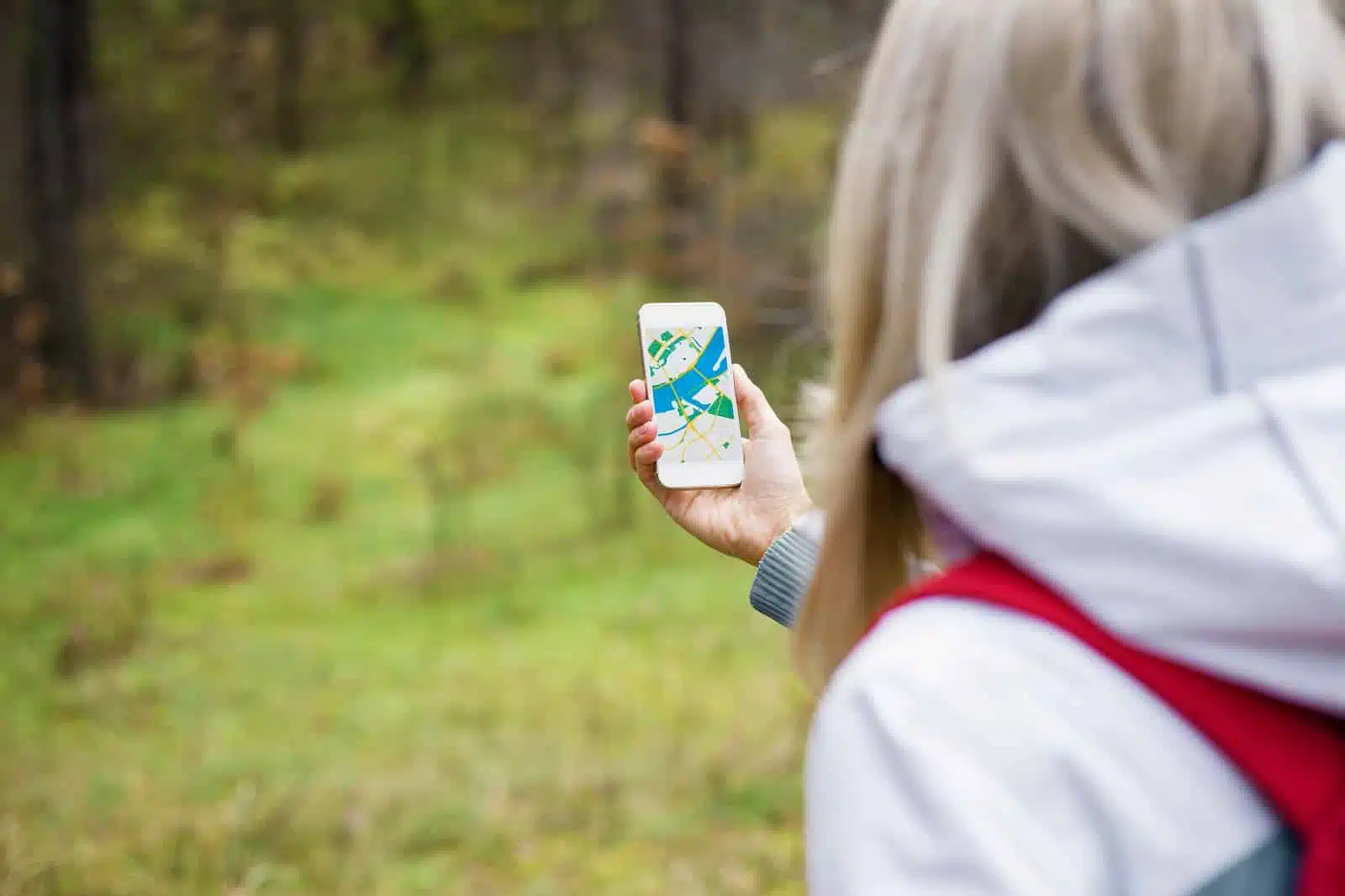
Image Credit: Shutterstock / Kaspars Grinvalds
As technology advances and interest in outdoor activities grows, geocaching is poised to evolve in exciting ways. Augmented reality (AR) and virtual reality (VR) could offer new dimensions to geocaching, blending the physical and digital worlds in innovative ways. The geocaching community’s commitment to environmental stewardship and education suggests that the hobby will continue to promote exploration, conservation, and learning.
Insider’s Tip: Stay open to new technologies and formats that may enhance the geocaching experience. Participate in beta tests for new geocaching apps or features and provide feedback to help shape the future of the hobby.
The Bottom Line
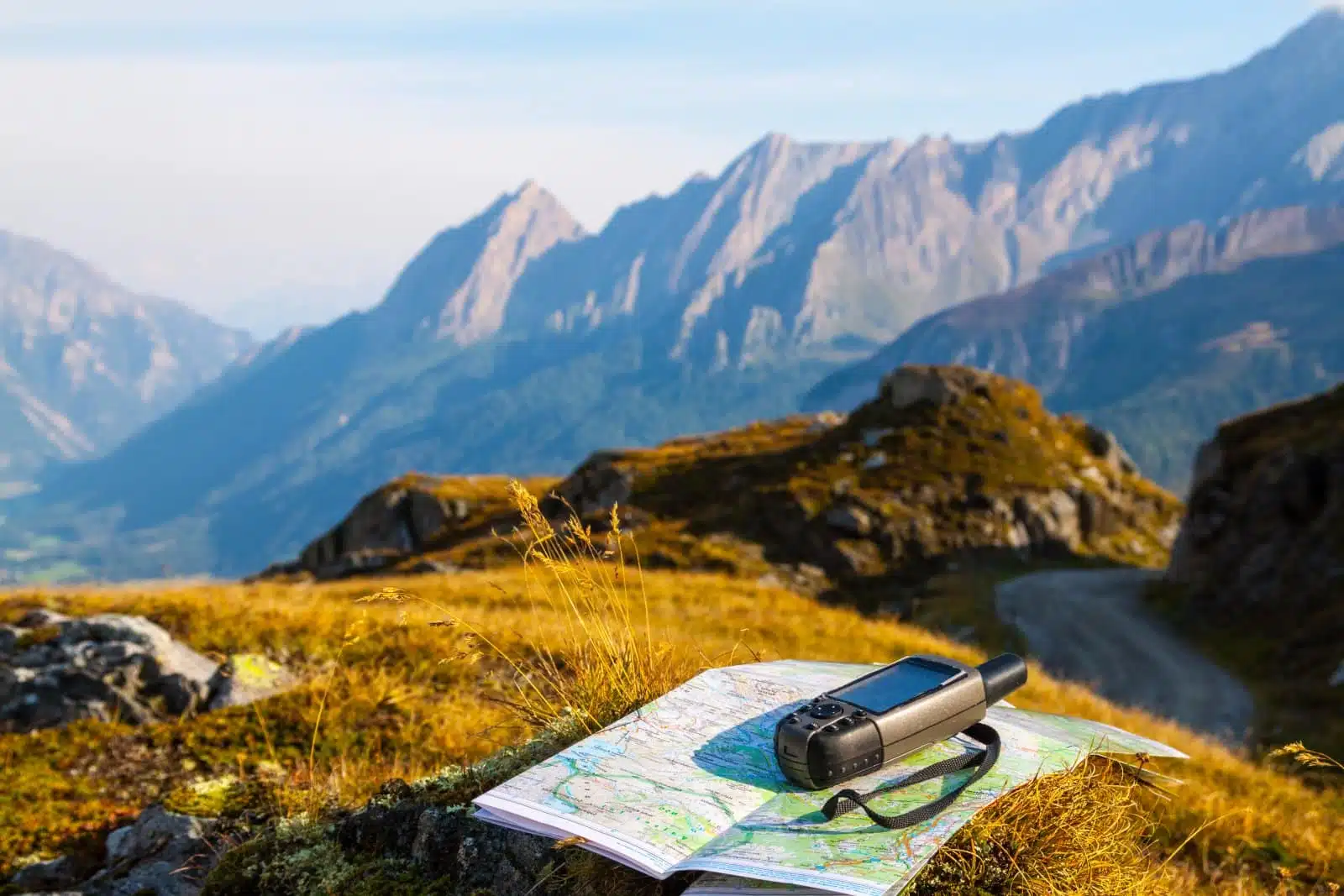
Image Credit: Shutterstock / Kochneva Tetyana
Geocaching is a global phenomenon that connects people with places and each other. It offers a unique blend of adventure, learning, and community, making it an enduring and evolving hobby. As geocachers continue to hide and seek treasures around the world, they contribute to a shared legacy of exploration and discovery that transcends borders and cultures.
More From The Green Voyage
Top 10 Trending Travel Destinations 2024
6 Essential Banking Apps for International Travel – Managing Your Finances on the Go
Traveling With Kids – 10 Tips to Create Memorable Family Holidays
The post The Ultimate Guide to Geocaching 2024 – Unlocking the World’s Hidden Treasures first appeared on The Green Voyage.
Featured Image Credit: Shutterstock / Tyler Olson.
For transparency, this content was partly developed with AI assistance and carefully curated by an experienced editor to be informative and ensure accuracy.
Tips for Trip Success
Book Your Flight
Find an inexpensive flight by using Kayak, a favorite of ours because it regularly returns less expensive flight options from a variety of airlines.
Book Your Hotel or Special Accommodation
We are big fans of Booking.com. We like their review system and photos. If we want to see more reviews and additional booking options, we go to Expedia.
You Need Travel Insurance!
Good travel insurance means having total peace of mind. Travel insurance protects you when your medical insurance often will not and better than what you get from your credit card. It will provide comprehensive coverage should you need medical treatment or return to the United States, compensation for trip interruption, baggage loss, and other situations.Find the Perfect Insurance Plan for Your Trip
